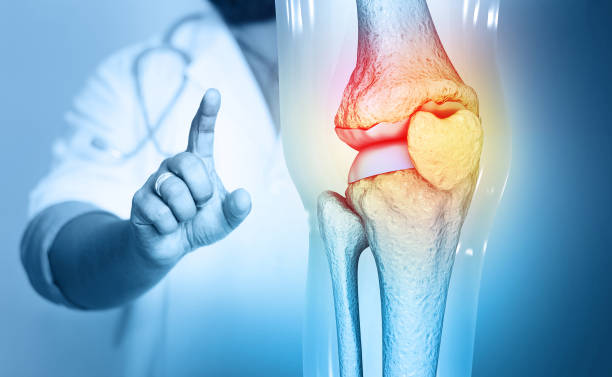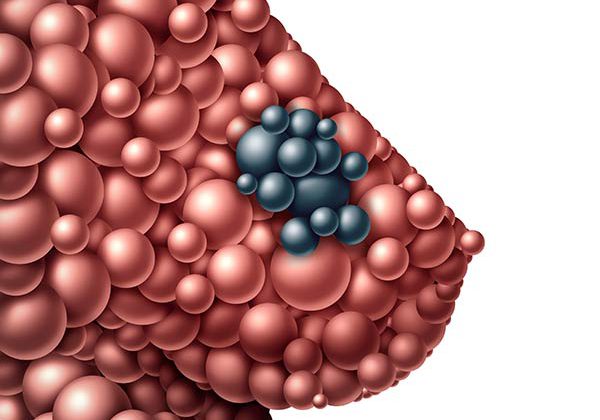Joint disease: New therapeutic approach for osteoarthritis discovered
Osteoarthritis was long considered to be the result of wear and tear in advanced age.
In the meantime, more and more studies are linking the degradation of articular cartilage to inflammatory and metabolic processes in the joint. In researching these processes, a scientific team led by MedUni Vienna has made significant progress in understanding the disease, which could provide a new starting point for diagnosis and therapy. The study was recently published in the renowned journal Annals of Rheumatic Diseases.
In their research, the team led by molecular geneticist Erwin Wagner (Department of Laboratory Medicine and Department of Dermatology at MedUni Vienna), in cooperation with colleagues at the Karolinska Institutet in Stockholm, focused on a protein (c-Fos) that has long been a focus of scientific attention in connection with bone and cartilage diseases. As the current research also showed, cartilage samples from humans and mice with osteoarthritis (OA) have elevated levels of c-Fos. The protein is secreted by cartilage cells in response to OA signals and plays a role in protecting cartilage.
As part of their study, the research team has now discovered that c-Fos levels are linked to the severity of the course of OA. For example, analyses on animal models revealed that the absence of the protein in cartilage caused severe forms of joint disease. Subsequently, the scientists deciphered the mechanism in the metabolism of cartilage cells that controls the production and accumulation of c-Fos. “Our findings are an important step towards the development of targeted therapies in the form of drugs based on the newly discovered control mechanism of c-Fos expression in cartilage cells,” says study leader Erwin Wagner, highlighting the high relevance of the research work.
More than 500 million people affected worldwide
Osteoarthritis is the most common degenerative joint disease that can occur in various joints. According to estimates by the World Health Organization (WHO), the knees are affected in more than 300 million people worldwide, and the hips in around 240 million. Due to increasing risk factors such as obesity or aging of the population, the prevalence is expected to continue to rise. The disease is associated with great pain, massively impairs the quality of life of those affected and can also lead to disability due to the loss of joint function. Currently, therapeutic measures are mainly aimed at relieving pain, preserving joint function and mobility as much as possible, and reducing inflammation. The new insights now gained into the development and progression of OA could bring about a paradigm shift in the therapy of the chronic joint disease and should be confirmed by further research.
https://www.meduniwien.ac.at/web/en/ueber-uns/news/2023/default-34fee72b1e-2/gelenkerkrankung-neuer-therapieansatz-bei-osteoarthritis-entdeckt/
Full bibliographic information
Published on 26/06/2023 by Medical University of Vienna
Publication: Annals of Rheumatic Diseases
Metabolic rewiring controlled by c-Fos governs cartilage integrity in osteoarthritis
Kazuhiko Matsuoka, Latifa Bakiri, Martin Bilban, Stefan Toegel, Arvand Haschemi, Hao Yuan, Maria Kasper, Reinhard Windhager, Erwin F Wagner
https://ard.bmj.com/content/early/2023/06/20/ard-2023-224002





